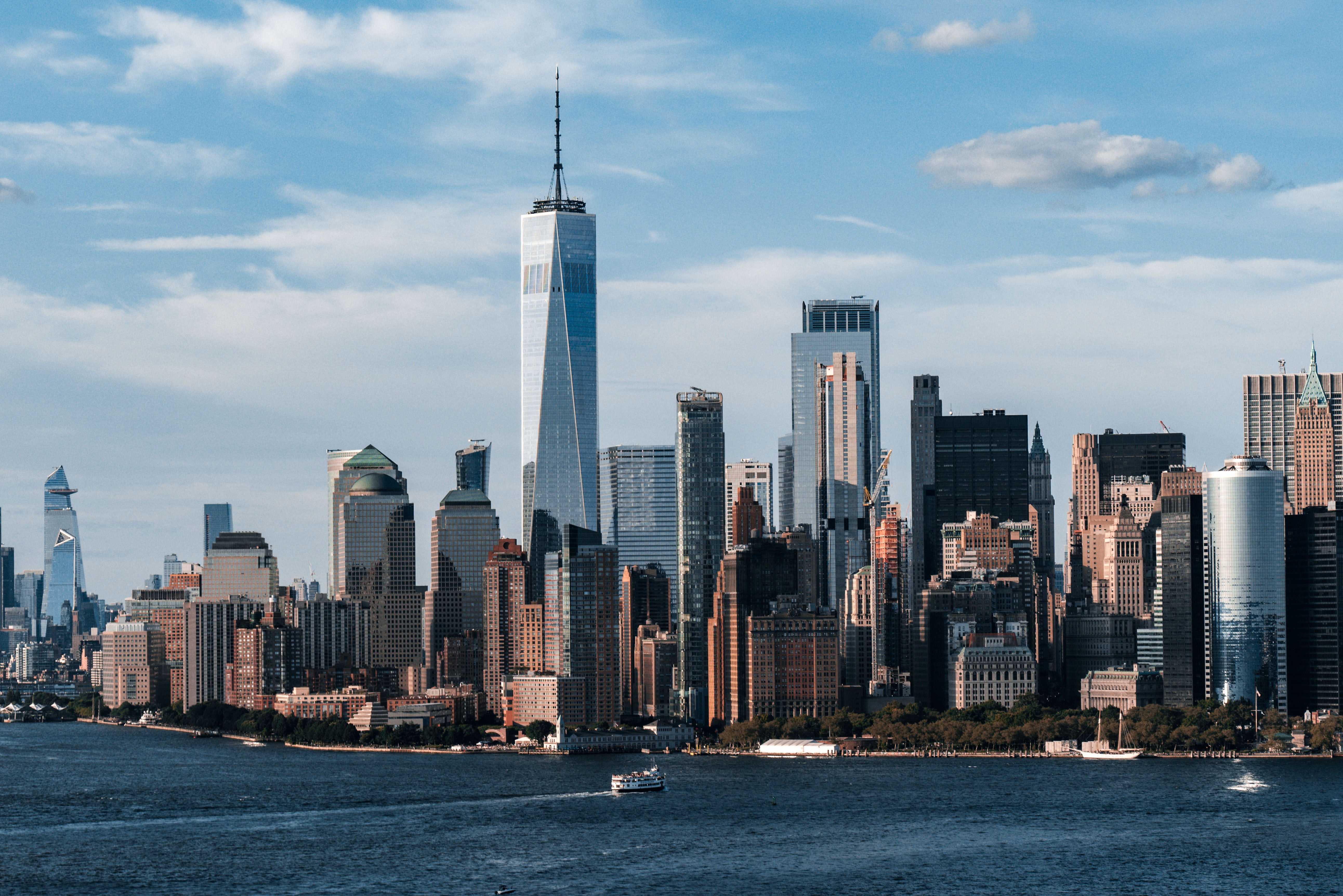In a startling discovery, scientists have identified that the soaring structures of New York City are contributing to the city's slow but steady subsidence, aggravating its vulnerability to floods as sea levels continue to rise globally. Known for its vibrant city life and towering buildings, New York City is simultaneously facing an unexpected challenge - it is descending at a rate of roughly 1-2mm each year. Certain sections of the city are witnessing an even quicker pace of subsidence, researchers have noted.
These findings underscore an alarming synergy. Rising sea levels, a product of melting glaciers and the expansion of seawater due to global warming, are coinciding with this subsidence. To put it into perspective, the waters bordering New York City have risen by approximately 9 inches, or 22cm, since the mid-20th century. Moreover, scientists project that by the turn of the century, the city could experience a fourfold increase in severe flooding events due to enhanced storm activity and sea-level rise.
The newly published study in Earth’s Future journal highlights the severity of this situation for New York City's 8.4 million residents who are increasingly exposed to flooding risks. The researchers argue that other coastal cities worldwide are likely to confront similar challenges as the effects of climate change intensify.
The scientists identified an interplay of factors exacerbating this issue. They highlighted tectonic activities, human-induced land subsidence, rising sea levels, and an increase in hurricane intensity, all leading to heightened risks along coastal and riverine regions.
The weight of New York City’s massive infrastructure is adding to this problem. Based on their calculations, the city's structures, encompassing iconic skyscrapers like the Empire State Building and the Chrysler Building, carry a collective weight of approximately 1.68 trillion lbs - equivalent to about 140 million elephants.
This immense weight presses on the diverse subsoil components found beneath the city's surface. While a majority of the larger buildings are erected on solid bedrock, such as schist, other constructions have been built on sands and clays, further intensifying the city's natural tendency to subside, a phenomenon observed along much of the US east coast following the last ice age's glacier retreat.
Tom Parsons, a geophysicist at the US Geological Survey, who headed the study, stressed that while it's not a cause for immediate alarm, it is an ongoing process that escalates the risk of flood-related inundation. Parsons elaborated that the more yielding the soil, the more it compresses under the weight of buildings. He emphasized the need to bear this in mind with each new construction.
Hurricane Sandy in 2012 and Hurricane Ida in 2021 both exemplify the amplified impact of such events due to global warming, leading to extensive damages across New York. Parsons pointed out that coastal cities must prioritize planning for these challenges as repeated exposure to seawater could corrode steel and undermine building stability, let alone the direct threat to human life from flooding.
Q&A Section:
Question: How is the weight of New York City's buildings affecting the city?
Answer: The enormous weight of New York City's buildings is contributing to the city's gradual subsidence or sinking. Researchers estimate that this immense weight, which totals approximately 1.68 trillion lbs, is exerting pressure on the city's diverse subsoil components, thereby intensifying the city's natural tendency to subside. This gradual sinking of the city, in conjunction with rising sea levels and heightened hurricane activity, heightens the city's vulnerability to flood events.
Question: What potential impacts could the sinking of New York City have in the future?
Answer: The continuous sinking of New York City could lead to heightened risks of flood-related inundation, especially as sea levels continue to rise due to global warming. Scientists project a possible fourfold increase in severe flooding events by the end of the century. Furthermore, repeated exposure to seawater, due to increased flooding, could cause corrosion of steel and undermine the stability of buildings, posing a serious threat to infrastructure and human lives.
Question: How can the subsidence of New York City be mitigated?
Answer: Addressing the subsidence of New York City would require thoughtful urban planning and infrastructure development. With each new construction, it's crucial to consider the added weight pressing down on the city's diverse subsoil components. Planning for the increased risk of flooding due to both the city's sinking and sea level rise is also vital for future resilience.










